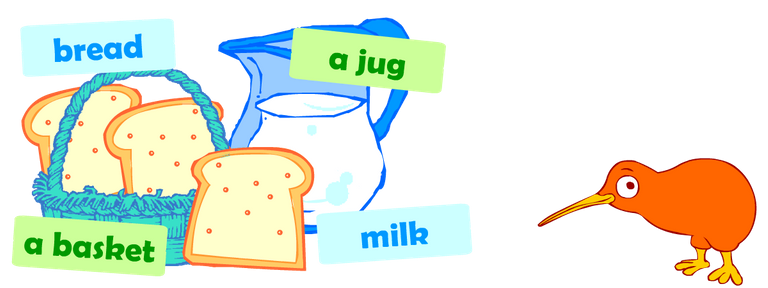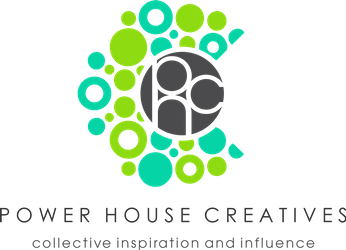Learn English With Snow Lesson #4 - Countable And Uncountable Nouns
Hello my sweet students. I'm Ed, also known on Steemit as @jonsnow1983 and today we're going to study another English lesson. As you all may know, I've been working on this series for a couple of months with the intention to spread out knowledge in some degree regarding this beautiful and must learn language.


In our last lesson, we studied a bit about the verb to be in its present form, we made some affirmative, negative, and interrogative sentences as we learned about contractions as well. In this awesome day we're going to speak about Countable and Uncountable Nouns, their differences and some exceptions. Let us focus!
As stated before on a previous lesson, a noun is a word we use to identify a person, animal, object, or thing. It basically is the name we use to label the person or thing we're talking about in a sentence or statement, so having known that, and for the purposes of this lesson we could say that there are two types of nouns: Countable and Uncountable Nouns.

Countable Nouns
A countable noun represents people, animal, objects or things that can be actually counted or numbered. These nouns can be used as separate objects, therefore we can count them. They are mostly represented by people, animals, plants, objects, and fruits. Examples:
Tree, door, cat, pencil, peach, book, apple among others...
It is important to point out that countable nouns can represent the singular or plural form in a sentence or statement. Let's find out:
- The tree is leafy (singular)
- The trees are leafy (plural)
As you can observe the word tree (plant) is a countable noun, trees can be counted as they can be separate plants, more than one, hence we can use this word as singular or plural.
We can use the indefinite article (a/an) with countable nouns , too:
- She ate a peach
- Can you give me an apple?
Remember we must use the articles a/an only in singular.
For plurals we can use the quantifier "some", actually it's mandatory to use it for we can't use the articles a/an with plural nouns. Look:
- Can I have some peaches?
- You should bring some apples

Uncountable Nouns
An uncountable noun, as the word clearly states, is a name which we can't count. They represent names of things such as liquids, materials, or objects that are part of a whole. They represent abstract things, too. They are not objects that can be separated. Examples:
Rice, sugar, water, salt, bread, water, cheese, among others...
We must use uncountable nouns ONLY in the singular form. In the case of the verb to be, we must use the correspondent singular verb:
- The water is refreshing (correct)
- The water are refreshing (wrong)
Don't use the articles a/an with uncountable nouns, even though they're singular, they mostly represent mass objects or a big part of something:
- Can I have some tea?
- Please, give me some cheese.
For uncountable nouns we can use the quantifier some in many cases.
Exceptions.
There are situations where uncountable nouns can be used as countable nouns. If the uncountable noun is in a recipient, or turned into pieces, we can actually count them, Let's see:
- Bring me two cups of coffee
- Can you serve me a bowl of rice?
- I ate two pieces of cheese
Notice that in this case the nouns are still uncountable, but the recipient, the object we use for them is countable.


Source

Glossary
Personal Pronoun: A word which we use to identify someone or something, it represents a noun.
Adjective: A word which is used to describe a person, animal, object or thing.
Noun: A word which is used to identify people, animals, objects, things. Ex: Maria, Cat, Apple, Car.
Steemit: A social media that pays its users for creating original content on the steem blockchain.

About upcoming posts and final thoughts.
First of all, Thank you! for getting up until this point, that means you were an honest reader and paid close attention to the lesson.
If you have any questions, something to add or correct, or whatever information you need about the lessons, please feel free to ask on the comments. You can also reach me out on Discord (jonsnow1983#6946) or Twitter https://twitter.com/TheRealSnowJon

If you enjoyed this lesson please help my cause and support it with an upvote and resteem so more people would have the chance to learn more in-depth about this beautiful and important language.


